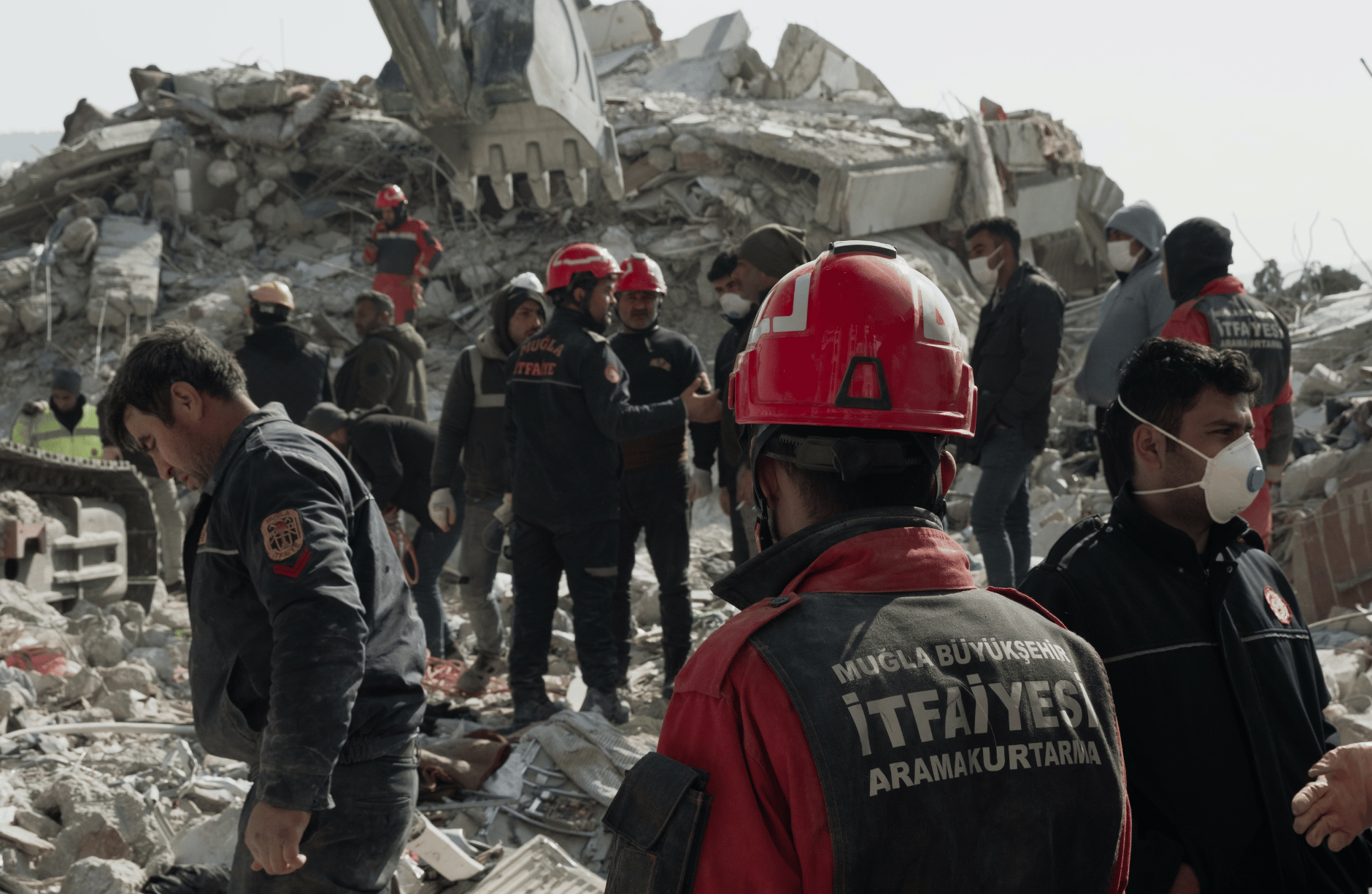Mission Made Possible: The Logistics Behind A Humanitarian Response

- New research from INSEAD analyses the complex operation that is involved in providing humanitarian aid
- Often, people criticise rescue efforts without understanding the entire process
- Researchers find that by recognising these efforts, we can help victims of disaster much more effectively
“To say that on a daily basis you can make a difference, well, you can. One act of kindness a day can do it.”
– Betty Williams
It seems that every day another unthinkable humanitarian disaster occurs, and the media is filled with articles, pictures and desperate pleas for help. Whether caused by increasingly extreme weather events affecting so many aspects of the world, earthquakes, or global conflict. To preserve life and support recovery, a vital international aid response often needs to come into play.
Whilst this response is expected (and encouraged!) from people around the world who watch on, it is rare that anyone considers how this actually works. Events such as the recent, devastating earthquakes in Turkey and Syria require a huge effort from humanitarian workers, but a lot of that work focuses on the logistics of getting aid to the scene, and effectively assessing the situation once they arrive.
When the earthquakes first hit these areas, organisations such as the United Nations, Doctors Without Borders / Médecins Sans Frontières, and the International Red Cross raced to help. However, new research from INSEAD shares that within the first few days, journalists on the ground were reporting that aid had not yet arrived, and rumours swirled about a “failed humanitarian response”.
Unfortunately, ‘immediate’ is not always within the realms of possibility for humanitarian workers. The reality is that, upon arriving in places of war or disaster, humanitarian workers have their work cut out for them not only in working out how to best manage the sheer scale of the operation, but often in working out the practicalities of providing the right support. For example, as seen in numerous disasters, including those that hit Turkey and Syria, shipping tons of supplies into the country is not always feasible. The researchers – Luk Van Wassenhove, Iman Parsa and Bengisu Urlu from INSEAD, and Karca Aral from Syracuse University – make the point that, at first, the teams will rescue survivors and treat the wounded. After this, they can respond to needs for food, shelter and so on.
The humanitarian groups will then, upon assessing the scene firsthand, determine what is needed, how much, and where. Crucial to note is that this can take time, and could potentially be incorrect at first. In Turkey, the researchers say, communication challenges have been extremely difficult to overcome, with a lot of channels being interrupted between different rescue teams. But that’s not to say that the process for providing aid more swiftly hasn’t improved. International humanitarian operations today look quite different to how they would have even just a few years ago. For example, today, charities work with volunteers from regions hit by a disaster, meaning that a greater familiarity and knowledge of the area is present on the frontlines, benefitting rescue operations and aiding decision making.
The researchers highlight that international relations between countries in terms of providing aid can also prove to be quite complex to navigate. Governments can force rescue and relief operations to be centralised, for reasons ranging from public relations to better coordination.
However, a key factor raised by the researchers at INSEAD and Syracuse is the role that the media plays, and the impact they can create when reporting on these disasters. Naturally, the media is vital for spreading accurate information about such events – most people now know the levels of misinformation that can be in the public domain, through social media and similar – however, one aspect of the media’s involvement that is not often considered is the harm their presence can do when it impacts resourcing on the ground.
The media has an opportunity to support relief efforts beyond their reporting. The researchers make the point that when reporters are accessing disaster sites, this activity should not come as a burden to the humanitarian groups. When entering these zones, journalists could also be open about the effort it has taken to get there, be helpful to the situation around them, and ensure their work minimises harm as much as possible. Furthermore, resources such as taxis or helicopters are incredibly scarce and the goal should be to use these resources responsibly, with the right priorities at heart.
Finally, INSEAD’s researchers convey the sheer magnitude of the relief operations. They conclude that in events as terrible as war or natural disaster, ‘recognition of the realities’ is incredibly important. Humanitarian workers on the frontlines are often working stints of up to 24 hours straight and putting their lives at risk for others.
If we are to understand this, and also the logistics behind their work, we can provide so much more support and kindness to those who are there to do good, purposeful work.
